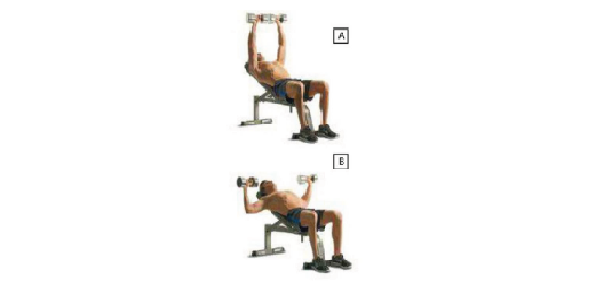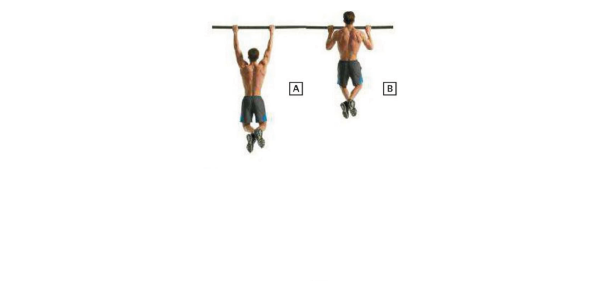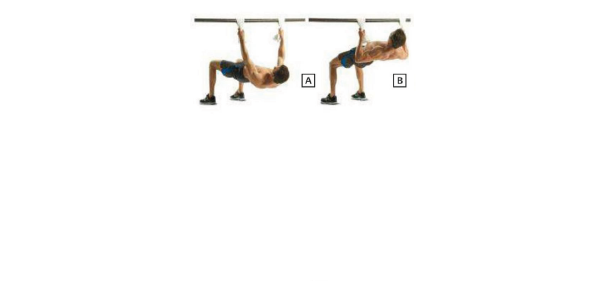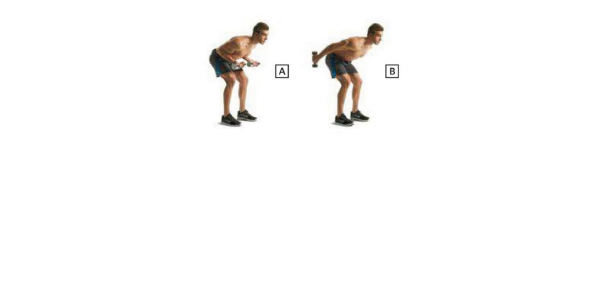Carpal tunnel syndrome is a common repetitive-work-related injury. It's often seen in those who work on computers for many hours (keyboard or mouse) or perform repeated fine motor movements (tasks requiring grasping, pinching, gripping and so on). What does that have to do with weight training? Certain exercises aggravate carpal tunnel syndrome, which is now prevalent due to the computer's prominence in the workplace.
Carpal tunnel syndrome is the name given to the irritation and compression of the median nerve in the wrist. The nerve travels down the arm and enters the top of the forearm, where it can also be compressed. From there it travels down between the forearm muscles and into the "carpal tunnel." The floor of the tunnel is made up of carpal, or wrist, bones, and its roof is made of the transverse carpal ligament, which is part of a connective-tissue structure. The tendons of the forearm muscles, or wrist flexors, are also located in the carpal tunnel.
Some in health care claim they know why carpal tunnel occurs, but we really don't know. We do know what happens when it occurs, however. The median nerve begins to become inflamed and dysfunctional. Nerve pathology is known as a neuropathy, which makes the accurate term for the condition median neuropathy at the carpal tunnel, but carpal tunnel syndrome, or CTS, is easier for most to remember.
The median neuropathy may be more than a simple compression. It may be a neurological overuse problem—too much stimulation of the nerve.
Once the nerve is inflamed, it can be further aggravated by being pulled against the roof or floor of the tunnel for any length of time. One activity that commonly aggravates CTS is pulling blankets up to your neck at night and keeping your wrists bent or flexed for hours. People often wake up with numb fingers and hands (usually thumb, index finger and middle finger). Doctors prescribe splints to keep the wrist straight at night. That keeps the nerve more centrally located in the tunnel, away from the roof and floor.
Some exercises aggravate an inflamed median nerve. Reverse-grip bench presses are a great alternative to the regular bench press in that they reduce stress on the shoulder. The bar rests against a branch of the median nerve in the thumb area of the hand, however, and can significantly increase numbness and tingling in the hand by the next morning. The regular-grip bench press can do the same, but it seems to be reported less often. Some trainees may not feel those symptoms. They may have very thick hands, and that branch of the nerve may not be compressed to the same extent.
Wrist curl and reverse wrist curl can stretch the median nerve against the roof or floor of the carpal tunnel. That may be enough to aggravate the nerve, especially if you do multiple sets of high reps. Also, if the flexor tendons are inflamed and thickened, they can irritate the median nerve in the tunnel. Again, some trainees may not feel those symptoms.
There are bodybuilders who develop carpal tunnel syndrome if they have a rapid and significant weight gain after a competition. When competitors gain 30 pounds in a few weeks, there are often complaints of tingling hands. It is not necessarily those exercises cause carpal tunnel syndrome but, rather, that your body may not tolerate them well once CTS has developed. If you're experiencing symptoms of carpal tunnel syndrome, have a special test performed known as a nerve conduction velocity. The test can be ordered after an orthopedist, chiropractor, neurologist or medical doctor has examined you.



















0 comments:
Post a Comment